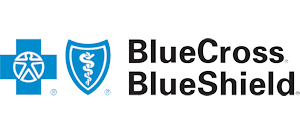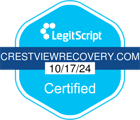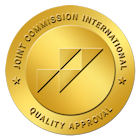
Healing Begins Here
What Is Percocet?
Medical professionals once thought Percocet was safer than other opioids due to its high acetaminophen content. However, the development of cold water extraction methods has made it possible to separate oxycodone from Percocet. As a result, people on the black market often seek out Percocet to sell.

Dangers of Percocet Addiction
The potential for overdose greatly increases when users take Percocet in higher doses. During an overdose, your throat and tongue might swell, making it difficult to breathe. You could even experience a stroke unless you seek medical attention immediately. As with any other drug, a Percocet overdose is potentially fatal.
Aside from the risk of Percocet addition, long-term use might result in serious health changes. Liver toxicity can occur when large amounts of acetaminophen enter the system over time. Other effects can include urinary retention, constipation, kidney damage, and decreased testosterone levels in men.
Signs of a Percocet Addiction
- Visited multiple doctors to obtain prescriptions
- Sought out Percocet on the black market
- Stockpiled supplies such as coffee filters to use in cold water extraction
- Used pills prescribed to others
- Taken Percocet in higher doses than normal
- Fully recovered from surgery, yet are unable to stop taking Percocet
- Thought constantly about using or obtaining Percocet
Those who use Percocet often take it along with alcohol or other opioids to magnify the effects. Accordingly, increased drug or other prescription painkiller use is another telltale sign of addiction.
Crestview’s Programs to Help You Overcome Percocet Addiction
We provide group, family, and individual therapy tailored toward your individual needs. At Crestview Recovery Center, we know that only with a customized program will you have the greatest odds of success. We make recovery fun by offering recreational opportunities such as fishing, camping, and hiking. With a variety of aftercare and relapse prevention programs, we can help you remain sober for life.
Addiction to Percocet or any other drug doesn’t have to consume your life. By going to a reputable treatment center, you can get help for your addiction. Contact us today at (866)262-0531 or connect with us online to take the first step toward full recovery.





















